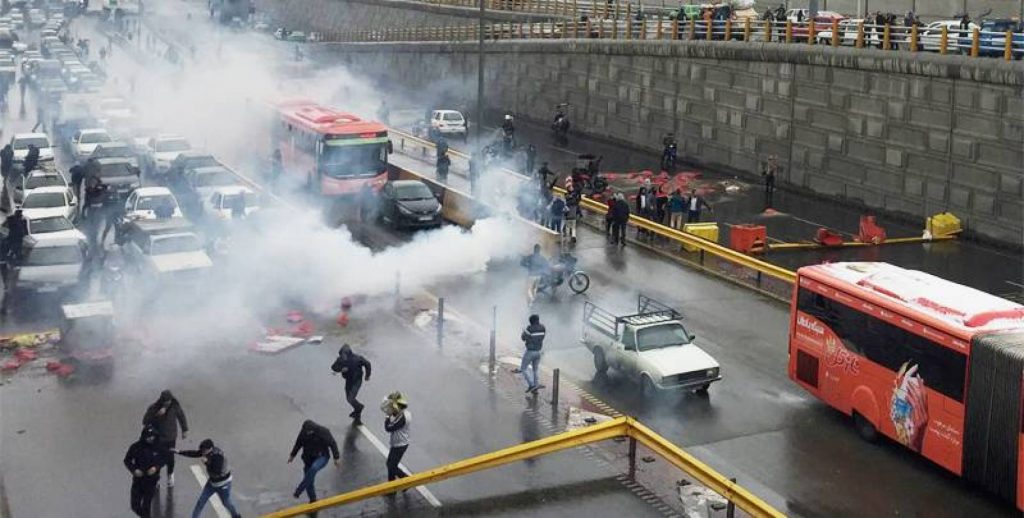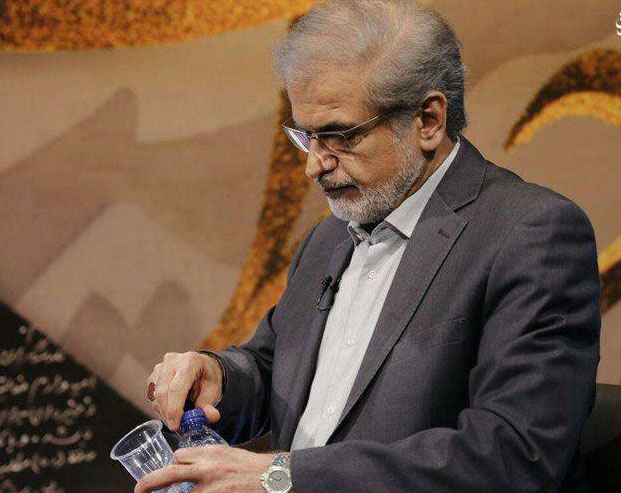
Social movements help social scientists to understand what is happening in society. Even if society is open and research is not prohibited, social movements provide information that social scientists are not able to gather in their regular studies through qualitative and quantitative methods. This is more helpful in the Iranian case due to the intentional decision of the Iranian government to obstruct any studies investigating social transformation. There is no independent survey or research center in the country.
Iranian society has been in transition for four decades due to a number of structural changes such as faster urbanization (from 25 percent in 1976 to 75 percent in 2016), increasing literacy levels (from 36 percent in 1979 to 86 percent in 2016), decreasing population growth (from 3.91 percent in the 1980s to around 1 percent in 2010), and an ever-increasing number of university students (from 175,000 in 1979 to 3.8 million in 2019). However, despite these structural changes, we do not exactly know how Iranian society and communities all around the country have changed in response to these transformations.
In this piece, I will discuss four specific signs of social change seen in the November 2019 uprisings. These changes are not only more obvious than others but also have more long-term effects.
Change of Reference Groups
Until the 1990s, the clergy, intellectuals, and academics were the main reference groups in Iran. The December 2018 uprising was a sign that this was now changing. The protesters showed that they do not care about what the traditional reference groups think about the direction of the country, the policies that should be enforced, and what decisions should be made. The November 2019 uprisings made this even clearer with an outright rejection of the direction , instructions, and policies that are promoted by these reference groups.
Islamicization in Disarray
During the protests of 2009, slogans such as “God is great,” “O Hosein” (the third Shi`i imam), and “no to abjectness” (hayhat menn al-zellah, Imam Hosein’s slogan in Karbala) were rampant. In the November 2019 uprisings, no religious slogans were heard. It seems that the downtrodden and deprived are done with political Islam. The protesters, between 16 and 35 years of age who were expected to be brainwashed in Iran’s Islamicized educational system, no longer mix politics with religious beliefs. It is now clear that the public has been undergoing secularization due to the failure of forced Islamicization.
Depletion of Social Capital

Forty years of the Islamic government’s structural and institutionalized corruption, terrorism, inefficiency, incompetence, and regional interventions have led to an unbridgeable schism between the people and their government. The people’s trust in the government has been so low that candidates usually ask people to choose between the bad and the even worse during elections. According to some friendly sources, Rouhani’s popularity was under 10 percent in August 2019. No polling center is permitted to evaluate Khamenei’s popularity in the country. According to a government survey in 2018, 74.8 percent of the people were not satisfied with the direction of the country and 31percent believed that the government was not capable of any reform. In fact, these numbers should be much higher due to government failure in providing basic services in the last two years. The country is under US sanctions, infrastructure is crumbling and factories are operating at only 20 percent to 30 percent of their total capacities.
Civil Society is Almost Non-existent
The non-existent role of political parties and interest groups in the uprisings shows that civil society has been eroding during the reigns of Ahmadinejad and Rouhani. At the end of the Khatami administration, the approximate number of civil society organizations was around 25,000. This number shrank to around 5,000 during Rouhani’s administration while at least some of these organizations became state owned. From day one of the November 2019 uprisings, these organizations – mostly on paper – were absent.
Small Town Dynamism
The map of the uprisings in around 100 cities and 27 provinces shows that the centers of protest were small towns and slums in the vicinity of larger cities where around 20 million Iranians live without access to many amenities. More than 7,000 people were arrested. Most of the reported killings (more than 218 till November 25, 2019) happened in Javanroud, Karaj, Marivan, Behbahan, Khorramshahr, Mahshahr, and Kermanshah. These are the cities which are dealing with the highest unemployment and poverty rates. By paying subsidies to more than 60 million Iranians after the recent gasoline price hike, the government indirectly accepts the fact that Iranians are living below the poverty line.
Conclusion
We do not know whether these changes are due to the mentioned structural transformations or due to the government’s Islamicization process. What we do know is that Iranian society is not what the government says about it: it is a society in transition.
The first action of the government during the protests was to shoot protesters in the chest. This means that the government has accepted the point that Iranian society is under transition and it no longer submits to the government’s direction, policies, and decisions. The promise to reform will no longer persuade people to wait for better days. The protesters do not see any light at the end of the tunnel. They are not only dismissive of “reformist”/“principalist” factional politics but also of Islamist politics.
